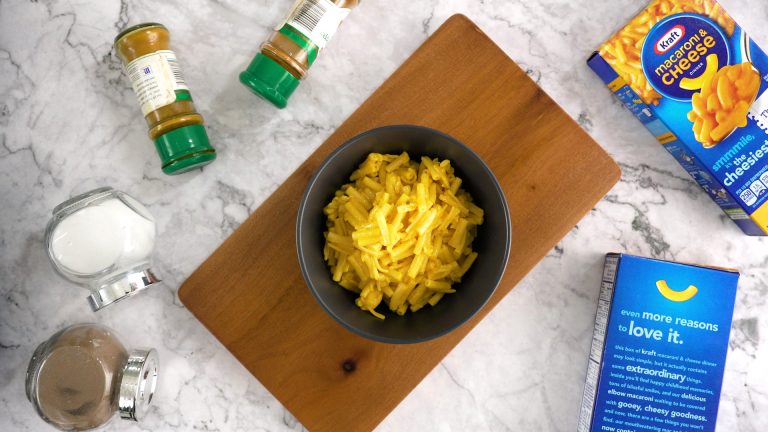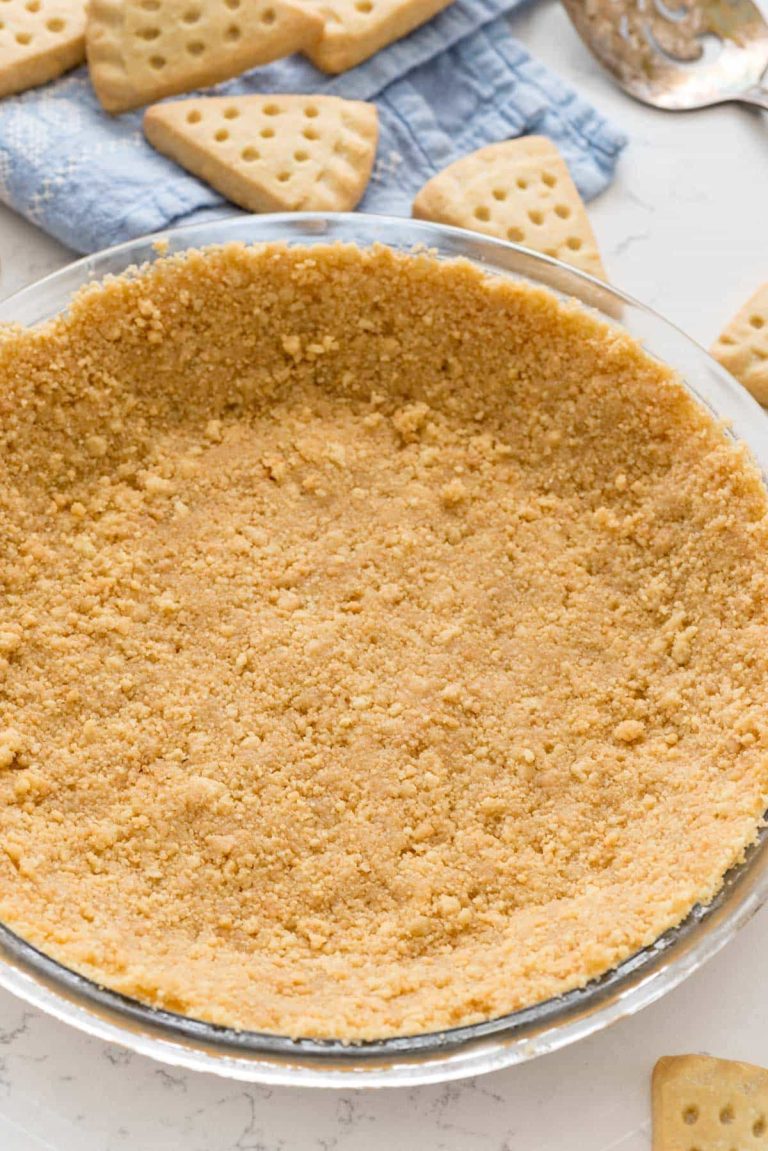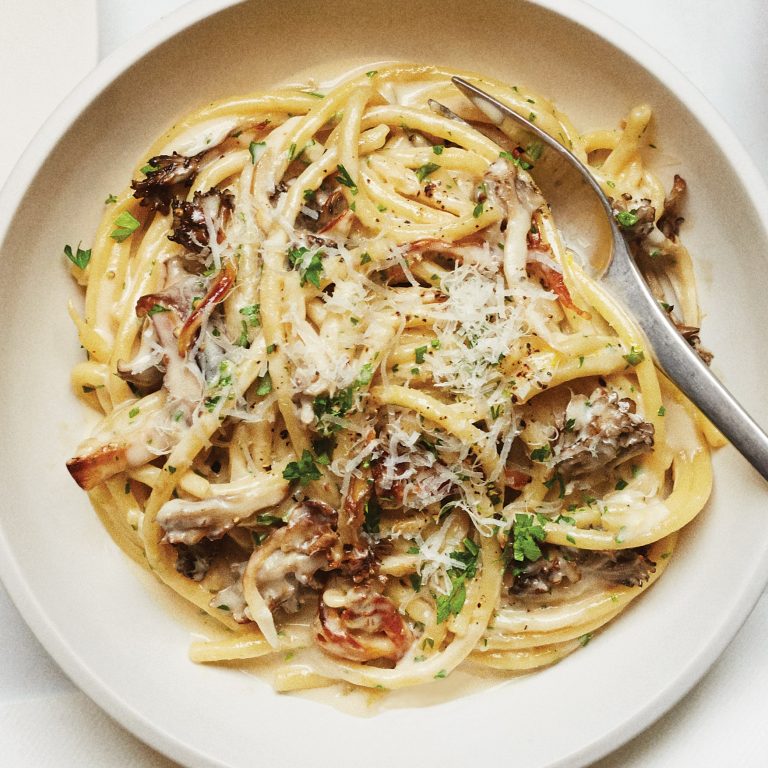Russian Salad Olivier Recipe: A Classic Dish with Modern Twists
Russian Salad Olivier, often called Salad Olye, originated in the 1860s in Moscow. A Belgian chef named Lucien Olivier created this dish at the Hermitage, one of Moscow’s most famous restaurants. The original recipe included luxurious ingredients like grouse, caviar, and crayfish tails combined with a secret dressing. This creation quickly became a favorite among Russian aristocracy and played a significant role in Russian cuisine.
Evolution and Regional Variations
Over time, Salad Olivier evolved due to ingredient availability and changing tastes. During the Soviet era, expensive ingredients were replaced with more accessible ones, such as boiled potatoes, carrots, peas, pickles, and bologna or chicken. This variance made the salad popular among common people. Various regions across Russia and post-Soviet countries adapted their unique versions of the salad by incorporating local ingredients. For example, some regions add apples or ham for added flavor, while others might introduce ingredients like corn or bell peppers. These adaptations showcase the versatility and enduring appeal of Salad Olye.
Key Ingredients of Russian Salad Olye
Vegetables and Fruits Commonly Used
Russian Salad Olye uses a variety of vegetables and fruits for its distinctive taste and texture. Potatoes, carrots, and green peas form the base of the salad, providing a hearty and slightly sweet flavor. The vegetables are typically boiled and diced into small cubes. Cucumbers or pickles add a refreshing crunch and tang. Some versions of Salad Olye include apples or corn to offer a hint of sweetness, while others use bell peppers for added color and flavor diversity. The combination of these ingredients creates a balanced and vibrant dish.
Dressing Types and Preferences
The dressing for Salad Olye is crucial in achieving its characteristic taste. Traditional recipes use mayonnaise, which provides a creamy and rich texture that binds the ingredients together. Some prefer adding a touch of mustard to enhance the depth of flavor. For a lighter version, you can mix yogurt with a small amount of mayonnaise. In certain regional variations, sour cream might replace mayonnaise, imparting a tangy note. Adjusting the dressing according to taste preferences can result in a uniquely personalized Salad Olye.
Preparing Authentic Russian Salad Olye
Step-by-Step Recipe
- Ingredients Preparation: Chop 3 boiled potatoes, 2 boiled carrots, and 3 hard-boiled eggs into small cubes. Dice 1 cup of ham (optional) and 3 pickles. Drain and measure 1 cup of canned peas.
- Mixing Ingredients: Combine potatoes, carrots, eggs, ham, pickles, and peas in a large mixing bowl. Ensure even distribution for a balanced taste in every bite.
- Adding Dressing: Mix 1 cup of mayonnaise with 1 teaspoon of mustard. Pour the dressing over the salad ingredients and stir until fully coated. If desired, substitute half the mayonnaise with sour cream or yogurt.
- Chill the Salad: Cover the salad and refrigerate it for at least 2 hours. This step allows the flavors to meld, enhancing the overall taste.
- Serving: Serve cold, optionally garnishing with fresh parsley or dill.
- Ingredient Choices: Stick to traditional ingredients like potatoes, carrots, peas, pickles, and mayonnaise. Substitute with caution to maintain authenticity.
- Chopping Consistency: Ensure all ingredients are uniformly chopped. Uniformity enhances texture and presentation.
- Dressing Customization: While mayonnaise is traditional, adding mustard or substituting some mayonnaise with sour cream or yogurt can offer slight variations without losing authenticity.
- Chilling Time: Always chill the salad for at least 2 hours before serving. This enhances flavor integration.
- Seasoning: Taste and adjust seasoning, adding salt and pepper as needed. Balance is key to achieving the authentic flavor profile.
Adhere to these steps and tips to prepare a truly authentic Russian Salad Olye.
Health Benefits and Dietary Considerations
Nutritional Overview
Authentic Russian Salad Olivier provides a variety of nutrients essential for your health. Potatoes and carrots, key ingredients, offer dietary fiber, vitamins C and A, and potassium. Green peas add plant-based protein, iron, and folate to the mix. Cucumbers or pickles contribute hydration and vitamin K. Traditional mayonnaise dressing is rich in fats, supporting energy needs, but consider controlling portion size if monitoring calorie intake.
| Ingredient | Key Nutrients |
|---|---|
| Potatoes | Fiber, Vitamin C, Potassium |
| Carrots | Vitamin A, Fiber, Potassium |
| Green Peas | Protein, Iron, Folate |
| Cucumbers | Hydration, Vitamin K |
| Pickles | Hydration, Vitamin K |
| Mayonnaise | Fats |
Adapting the Recipe for Different Diets
You can easily adapt Russian Salad Olivier to fit various dietary preferences. For a lighter version, opt for yogurt or sour cream instead of traditional mayonnaise to reduce fat content. Vegans can replace mayonnaise with a plant-based version and use agave syrup instead of honey if the recipe includes it. For those watching carbohydrate intake, reduce the number of potatoes and use more cucumbers and apples. Gluten-free individuals don’t need substitutions since standard ingredients don’t contain gluten. Ensure all additional elements like ham or sausages are gluten-free if included.
Serving and Pairing Ideas
Traditional Russian Occasions and Methods
Russian Salad Olivier often features at festive occasions. Traditional Russian events like New Year’s Eve, birthday celebrations, and weddings frequently include this iconic dish. It’s typically served as a zakuski, or appetizer, alongside other small bites. You’d find it presented on a large platter, allowing guests to help themselves.
To maintain authenticity, pair the salad with rye bread, cured meats, and pickled vegetables. When hosting a Russian-themed gathering, consider offering this dish with a selection of vodka shots, as it’s a customary practice.
Modern Serving Suggestions
Modern variations of Russian Salad Olivier offer versatility. For casual meals, serve it as a side dish with grilled meats or fish. If you prefer a light meal, add a protein like chicken or tofu and serve it on a bed of greens.
For more creative presentations, consider serving the salad in individual cups for picnics or outdoor gatherings. Layer the ingredients in jars for a portable option, ensuring the mayonnaise dressing is added just before serving to keep it fresh.
For wine lovers, pair the salad with a crisp white wine like Sauvignon Blanc or a light red like Pinot Noir. These options complement the rich flavors without overpowering them.
Conclusion
Authentic Russian Salad Olivier is a versatile and delicious dish that has stood the test of time. Whether you’re honoring tradition or adding a modern twist, this salad offers endless possibilities to suit any occasion. Its rich history and adaptability make it a staple in Russian cuisine and a delightful addition to your culinary repertoire. Enjoy experimenting with different ingredients and serving styles to make this classic salad your own.






